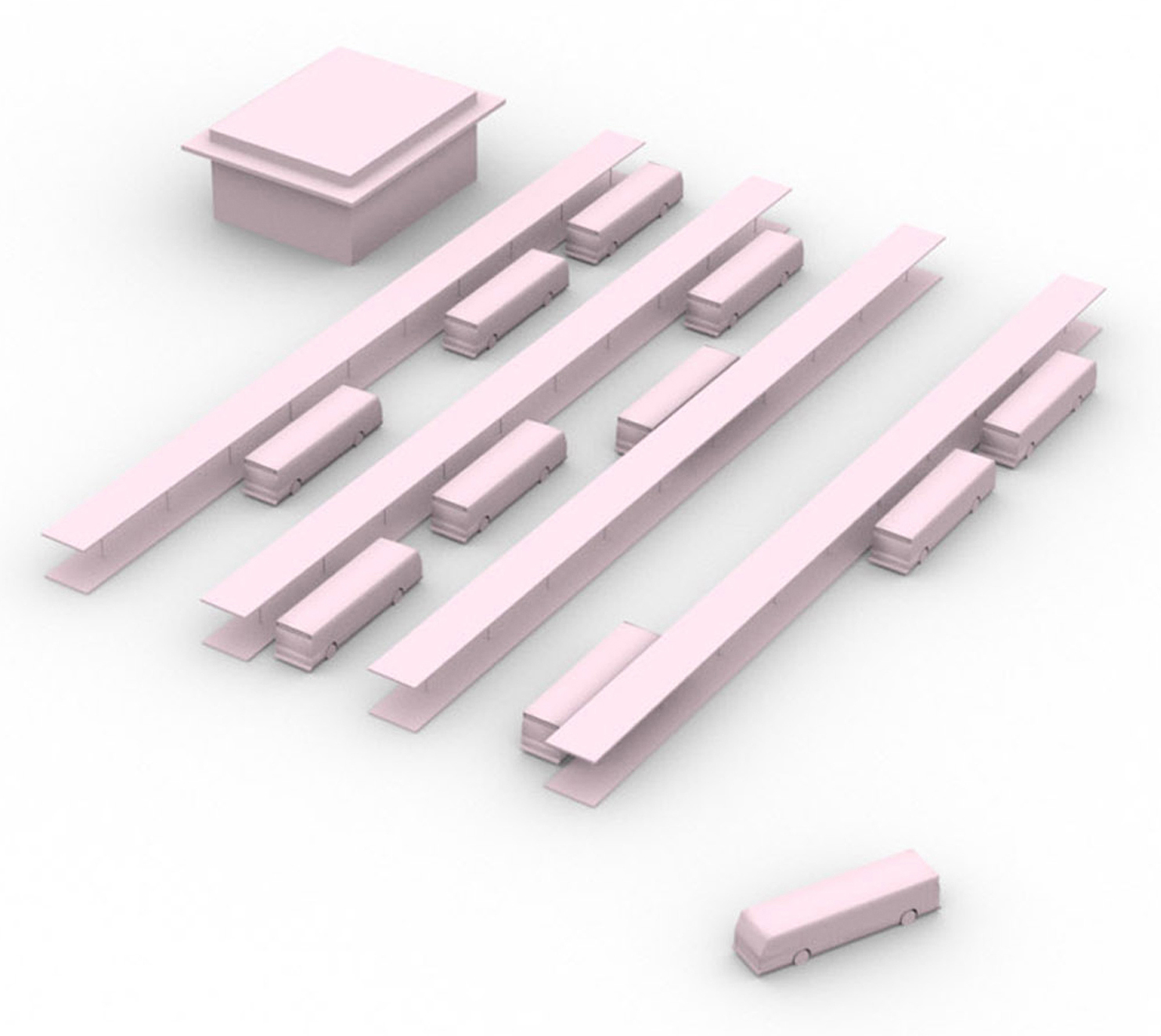Difference between revisions of "Transportation"
| Line 32: | Line 32: | ||
=== Safety === |
=== Safety === |
||
Specific safety issues in transportation objects, concerns [[traffic safety]]. |
|||
== Security Issues == |
== Security Issues == |
||
Security issues associated with transportation objects, are related with the fact that it can be an [[attractive object]] for fanatics. This is related |
Security issues associated with transportation objects, are related with the fact that it can be an [[attractive object]] for fanatics. This is related with the fact that many transportation objects government assets have public access areas with a high volume of transiting people and with the public attention an attack to a public transportation node will draw. This makes these kinds of urban objects vulnerable for the following security issues: |
||
* [[Security issue: Destruction by fanatics]] |
* [[Security issue: Destruction by fanatics]] |
||
* [[Security issue: Mass killing]] |
* [[Security issue: Mass killing]] |
||
| Line 42: | Line 42: | ||
The measures for each type of security issue can be found on the respective pages. There are few measures they are specifically suited or unsuited to this kind of urban object, but some general considerations can be mentioned: |
The measures for each type of security issue can be found on the respective pages. There are few measures they are specifically suited or unsuited to this kind of urban object, but some general considerations can be mentioned: |
||
* Transportation objects in general know a very high transitory flow. This makes entry/exit control of visitors often very difficult or even impossible. Airports, which do feature entrance/exit control, can afford to do so due to the relative long boarding times (hours instead of minutes for a metro or bus), and the relative high travel costs (hundreds of euros instead of a few euros per passenger). |
|||
* Cultural facilities are generally very public, which makes measures that restrict access less suited for the publicly accessible parts of the building. On the other hand, at the border between public and restricted area, these measures are often suited. |
|||
* Cultural facilities are generally meant to be inviting, which makes very visible and impressive measures less suited (at least in the publicly accessible areas) |
|||
* As threats against government assets can also encompass large explosives (as was demonstrated by the attack on the government buildings in Oslo, 2011), measures that would separate flows of traffic (pedestrians, cars, trucks) and establish a separate security zone (with their own set of measures) for each type of traffic, would be especially well suited for high-risk government assets. |
|||
{{references}} |
{{references}} |
||
Revision as of 18:05, 24 October 2012
Contents
Transportation
Transportation means moving objects or people from one location to another. A transportation facility is an urban object designated to facilitating the movement of people, cattle, animals and goods from one location to another. Transportation is facilitated by transport infrastructure.
Transportation is furthermore divided into private and |public transport. Also a main distinction is according to the modes of transport, such as rail, road, water or air transport.
Description
Transport is important since it enables trade between peoples, which in turn establishes civilizations.
Transport plays an important part in economic growth and globalization, but most types cause air pollution and use large amounts of land. Good planning of transport is essential to make traffic flow, and restrain urban sprawl.
However, transportation is generally very vulnerable for security threats. It is an aatractive target because of its importance in society and the presence of large amounts of people or crowds.
Functions
Social
Economic
Mobility
Safety
Specific safety issues in transportation objects, concerns traffic safety.
Security Issues
Security issues associated with transportation objects, are related with the fact that it can be an attractive object for fanatics. This is related with the fact that many transportation objects government assets have public access areas with a high volume of transiting people and with the public attention an attack to a public transportation node will draw. This makes these kinds of urban objects vulnerable for the following security issues:
Measures
The measures for each type of security issue can be found on the respective pages. There are few measures they are specifically suited or unsuited to this kind of urban object, but some general considerations can be mentioned:
- Transportation objects in general know a very high transitory flow. This makes entry/exit control of visitors often very difficult or even impossible. Airports, which do feature entrance/exit control, can afford to do so due to the relative long boarding times (hours instead of minutes for a metro or bus), and the relative high travel costs (hundreds of euros instead of a few euros per passenger).
Footnotes and references
MAP
<websiteFrame> website=http://securipedia.eu/cool/index.php?concept=Risk width=100% border=0 scroll=auto align=middle </websiteFrame>
<headertabs/>



